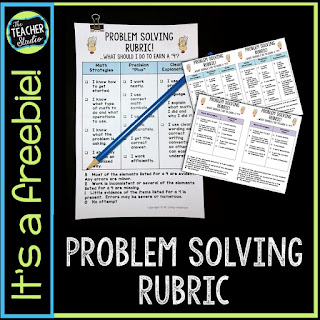I spent the day at a regional music competition watching my son and countless other students show off their hard work and practice. Some achieved their ultimate goal of qualifying for the state contest–others left disappointed. What struck me as I volunteered for the afternoon was the judging. After each student or group performed, the judge walked through their scoring sheet pointing out what they had done well and what they could refine. I heard all sorts of comments like
“What you want to see is your elbow looking like this.” (shows the student a position)
“Listen to the sound my tongue makes–it is the sound you want to make.”
“You need to move your third finger like this. Good–do you see how much clearer that sound is?”
What was the judge doing? Giving feedback to try to get each musician closer to the desired goal. As teachers, we do this all day long. Research clearly states that the better and more immediate our feedback, the more our students will learn, so we MUST get better at it! Watch for more reflections on this in upcoming weeks. For today, I have a favor for you! As you know, I LOVE teaching math–but what I don’t like to do is assign a “score” for the work students do. I know we need to remember that grading is really the least important kind of feedback we can give–unless that feedback can be built into the score. I have been working on a way to try to create a problem-solving rubric that will help me AND my students have a clearer understanding of what “4” level math is! (We grade on a 4 point scale).
I wanted to create something that would address at least some of the Standards for Mathematical Practice, be easy to use, be flexible enough to use in many ways, and both simple and complete. This has not been an easy task! The document I have created asks students to reflect on their work in three areas:
1. Math Strategies
2. Precision “Plus”
3. Clear Explanations
I think it is really important for our students to realize that math is WAY more than getting the correct answer, so the document I have created downplays this. I have worked to define what a “4” would be in each of these areas and am hoping to use it with my students in a variety of ways. . . after team problem solving activities . . . after looking at a problem/problems they solved independently . . . as a self-assessment after paging through their math journals . . . and more!
I would love for YOU to try it out too! Let me know your thoughts–does it work? Could it be more clear? Are there other uses for it? What would make it better? Let’s work together to try to create a document that can really serve to help “coach” our students toward better problem solving.
I have included the link below, and I would love for you to try it out!






